Description
**Please note: This product does not contain the original certificate.**
Step back in time to the era just after Canada became its own country with this first coin in a three part series marking the First 100 Years of Confederation. This five ounce $50 fine silver coin called An Emerging Nation takes us back to the era of 1867 to 1914. These were the years in which the locomotive, like the 4-4-0 featured on this coin, was the engine of change and the driver of progress. The completion of the transcontinental railway in 1885 ushered in a season of unprecedented growth for an emerging country, and by 1914 these ribbons of steel were wrapped around almost every aspect of life in Canada. The coin has a mintage limited to just 1,250. HST/GST exempt.
The Design:
Designed by Canadian artist Glen Green, this coin highlights the importance of railways in Canadian history and the role they played in the expansion of our country after 1867. Art nouveau design elements surround the depiction of Engine No. 374, the 4-4-0 locomotive that hauled the first passenger train along the transcontinental railway that linked eastern and western Canada.
The obverse of each coin combines five of the effigies that have appeared on Canadian coins since 1867 (clockwise, from top): the first effigy of Her Majesty Queen Elizabeth II by Mary Gillick, the effigy of King George VI by T. H. Paget, the effigy of King George V by Sir E. B. Mackennal, the effigy of King Edward VII by G. W. De Saulles, and the effigy of Queen Victoria by L. C. Wyon.
The obverse of each coin combines five of the effigies that have appeared on Canadian coins since 1867 (clockwise, from top): the first effigy of Her Majesty Queen Elizabeth II by Mary Gillick, the effigy of King George VI by T. H. Paget, the effigy of King George V by Sir E. B. Mackennal, the effigy of King Edward VII by G. W. De Saulles, and the effigy of Queen Victoria by L. C. Wyon.
Did you know?
A crucial link between the east and west, Canada’s first transcontinental railway was completed in 1885. The last spike was driven on November 7, 1885, in Craigellachie, British Columbia, and the first passenger train to arrive in Port Moody, B.C. was pulled by the 4-4-0 type locomotive featured on this coin: CPR Engine No. 374. The historic steam engine was one of eight Canadian Pacific locomotives that were designed and built in Montreal.
More than just transportation, railways drove innovation in Canada and helped launch other industries. Telegraph lines erected along the transcontinental railway offered Canadians a more modern method of communication, while railway cars transported goods and people to cities, communities and industries along the line. Railway companies also operated steamships on the Great Lakes and on both coasts, and the grand hotels they built (and advertised abroad) gave a big boost to Canada’s hotel and tourism trade.
Art nouveau was “en vogue” from 1890 until the start of the First World War. A highly ornamental art style, it drew inspiration from organic forms found in nature. Its flowing lines and “whiplash" curves helped pave the way for a more linear successor, art deco.
More than just transportation, railways drove innovation in Canada and helped launch other industries. Telegraph lines erected along the transcontinental railway offered Canadians a more modern method of communication, while railway cars transported goods and people to cities, communities and industries along the line. Railway companies also operated steamships on the Great Lakes and on both coasts, and the grand hotels they built (and advertised abroad) gave a big boost to Canada’s hotel and tourism trade.
Art nouveau was “en vogue” from 1890 until the start of the First World War. A highly ornamental art style, it drew inspiration from organic forms found in nature. Its flowing lines and “whiplash" curves helped pave the way for a more linear successor, art deco.
Details
You may also like
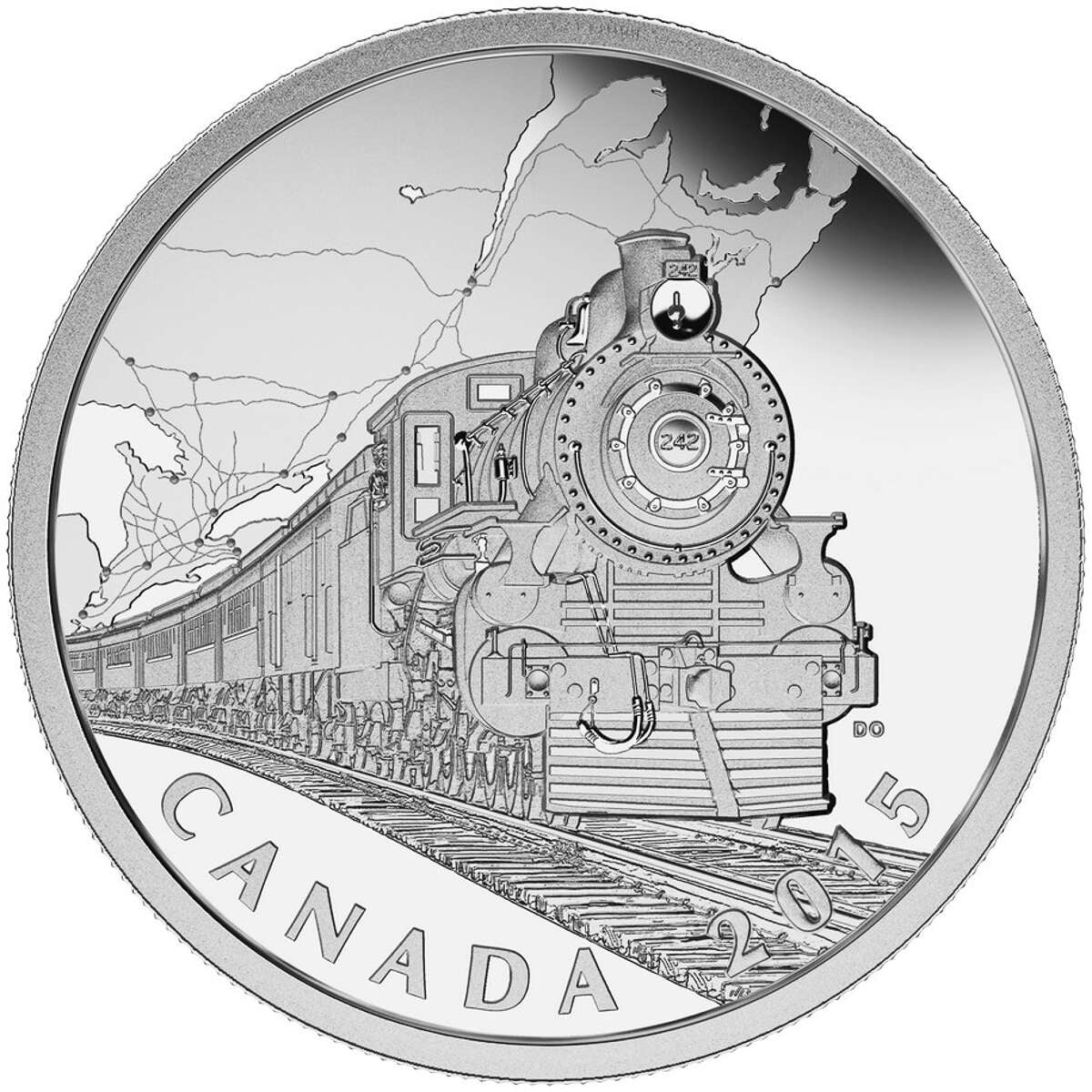
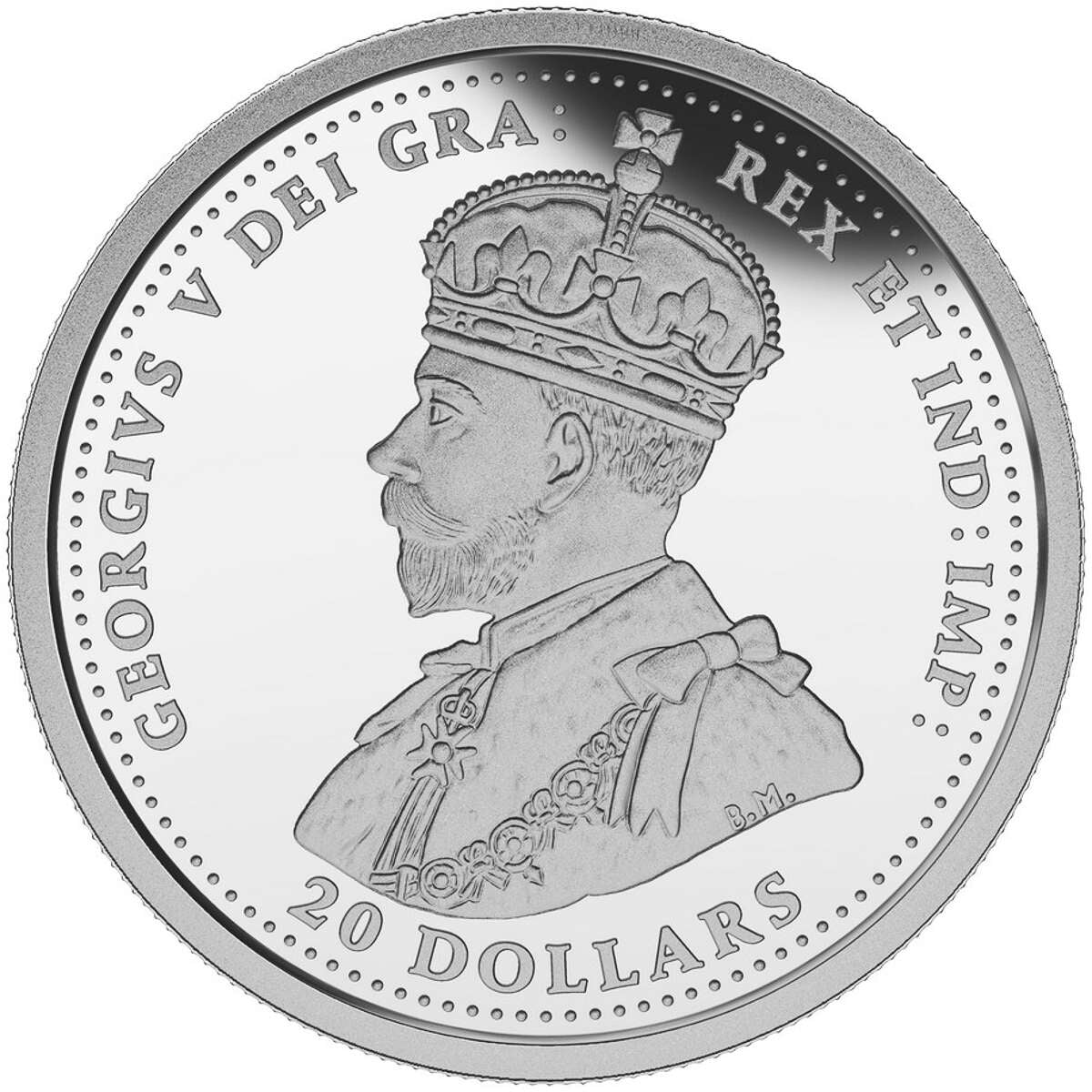
2015 $20 The Canadian Home Front: Transcontinental Railroad - Pure Silver Coin
Sale price
$93.95
Regular price

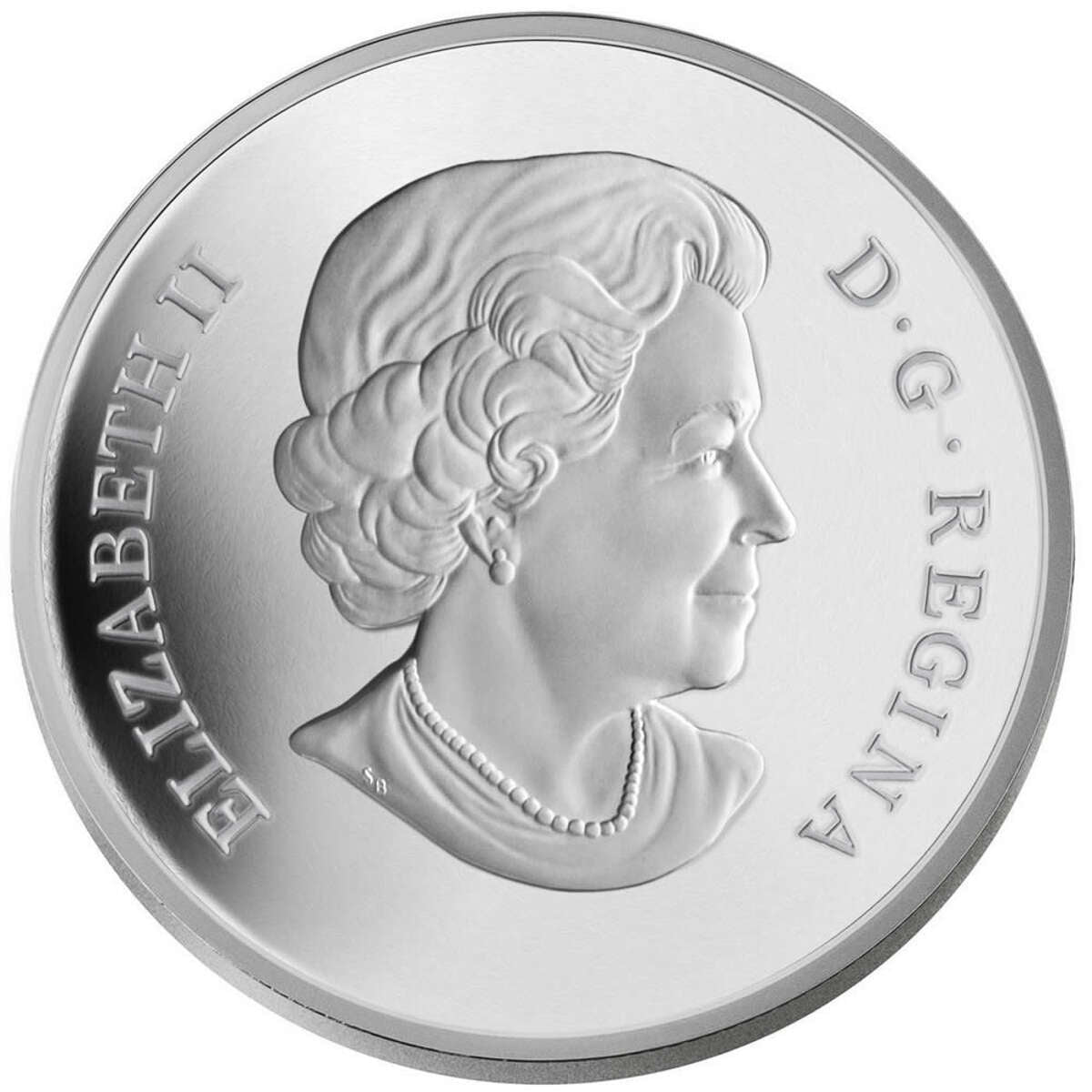
2011 $20 Great Canadian Locomotives Series: D-10 - Pure Silver Coin
Sale price
$89.95
Regular price
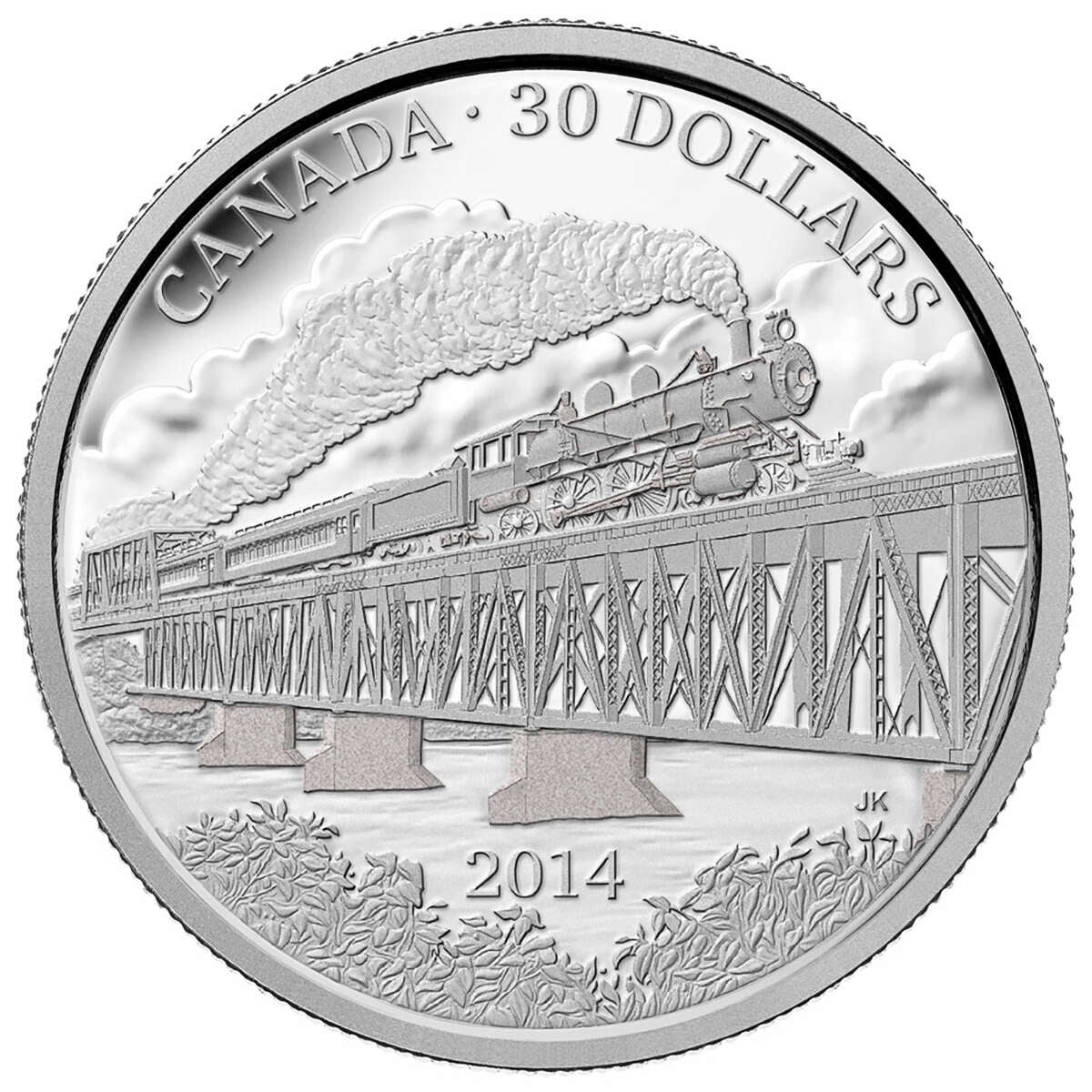
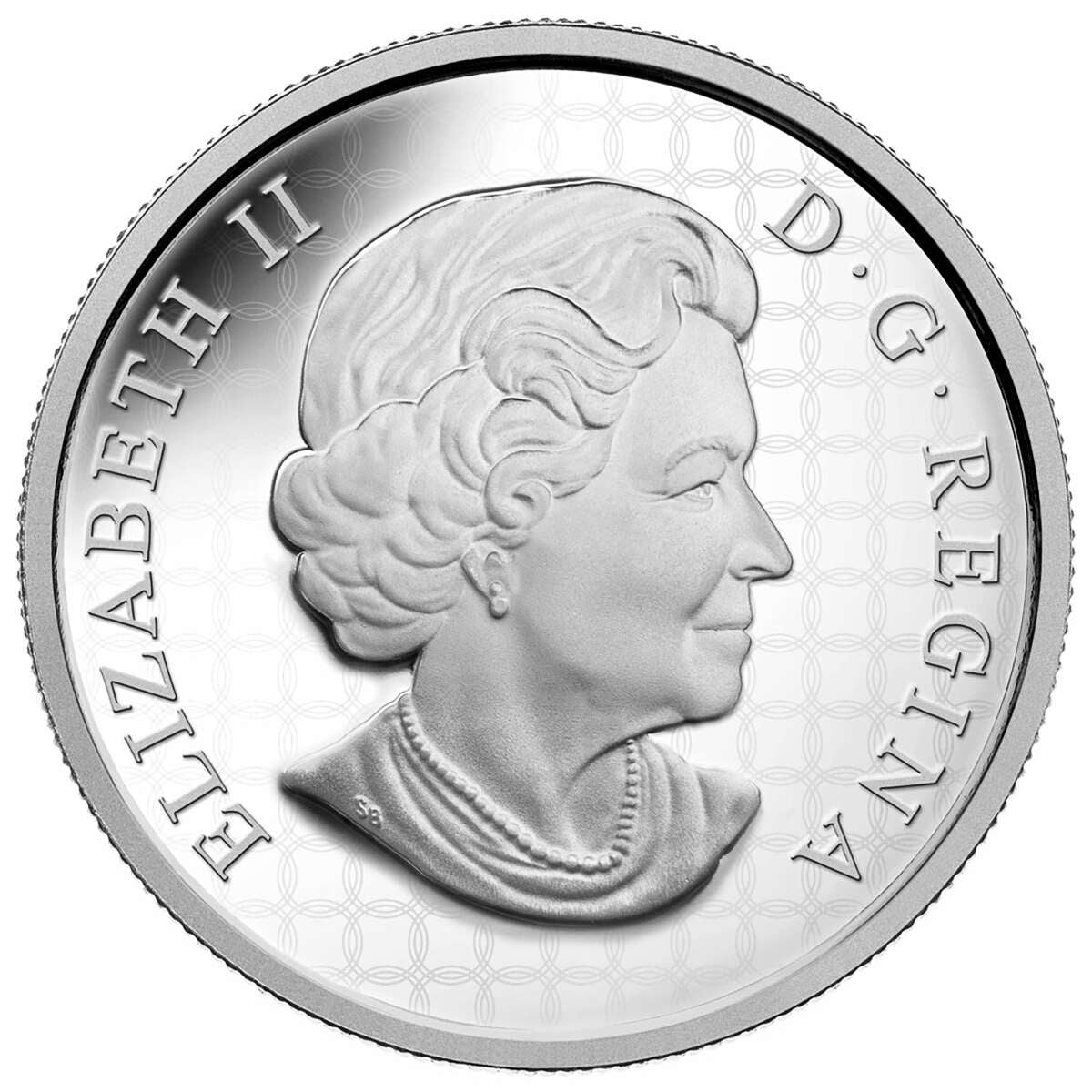
2014 $30 The Completion of the Grand Trunk Pacific Railway, 100th Anniversary - Pure Silver Coin
Sale price
$184.95
Regular price


2017 $100 The 1867 Confederation - Pure Silver Coin
Sale price
$984.95
Regular price

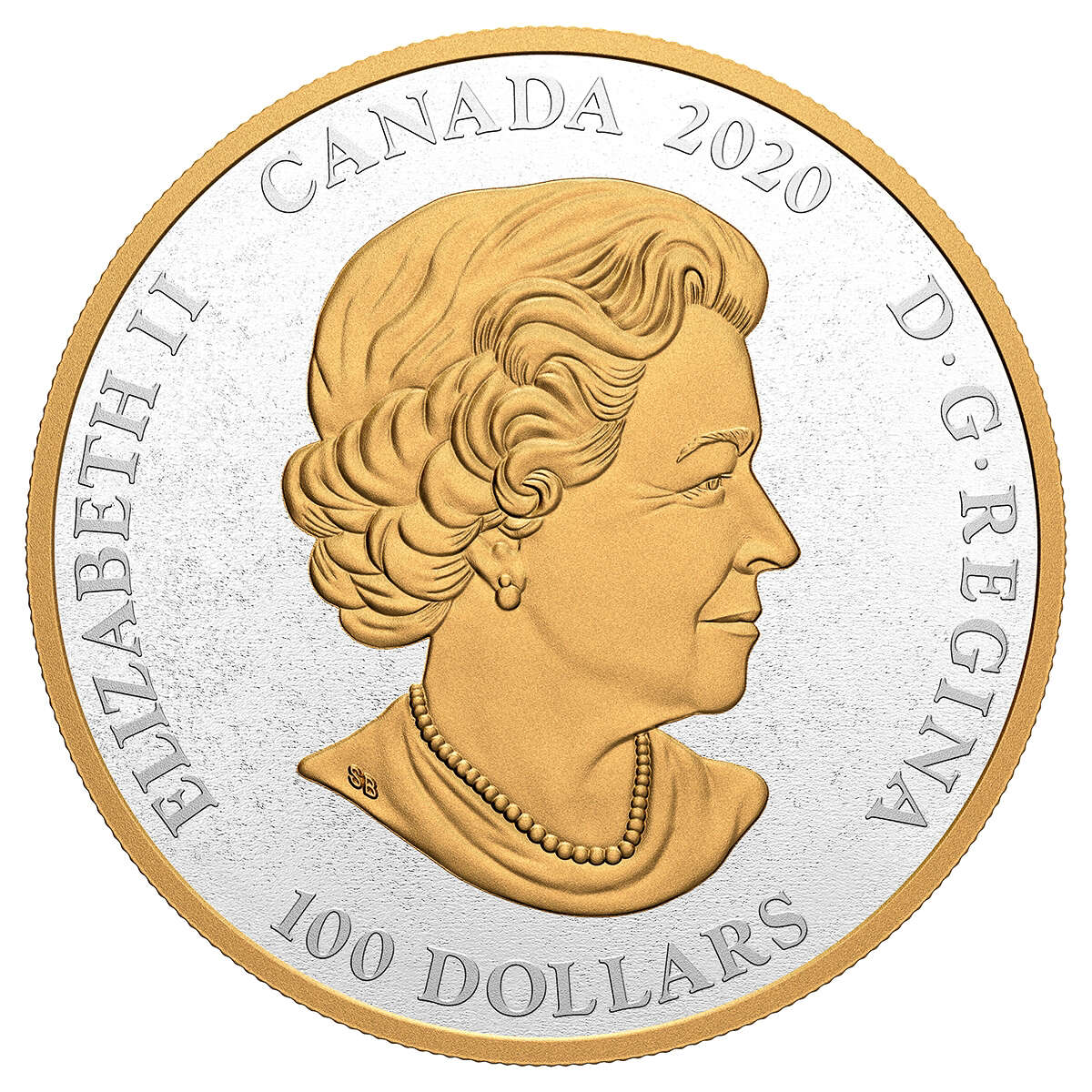
2020 $100 Archival Treasures: The Armorial Bearings of the Dominion of Canada - Pure Silver Coin
Sale price
$1,154.95
Regular price

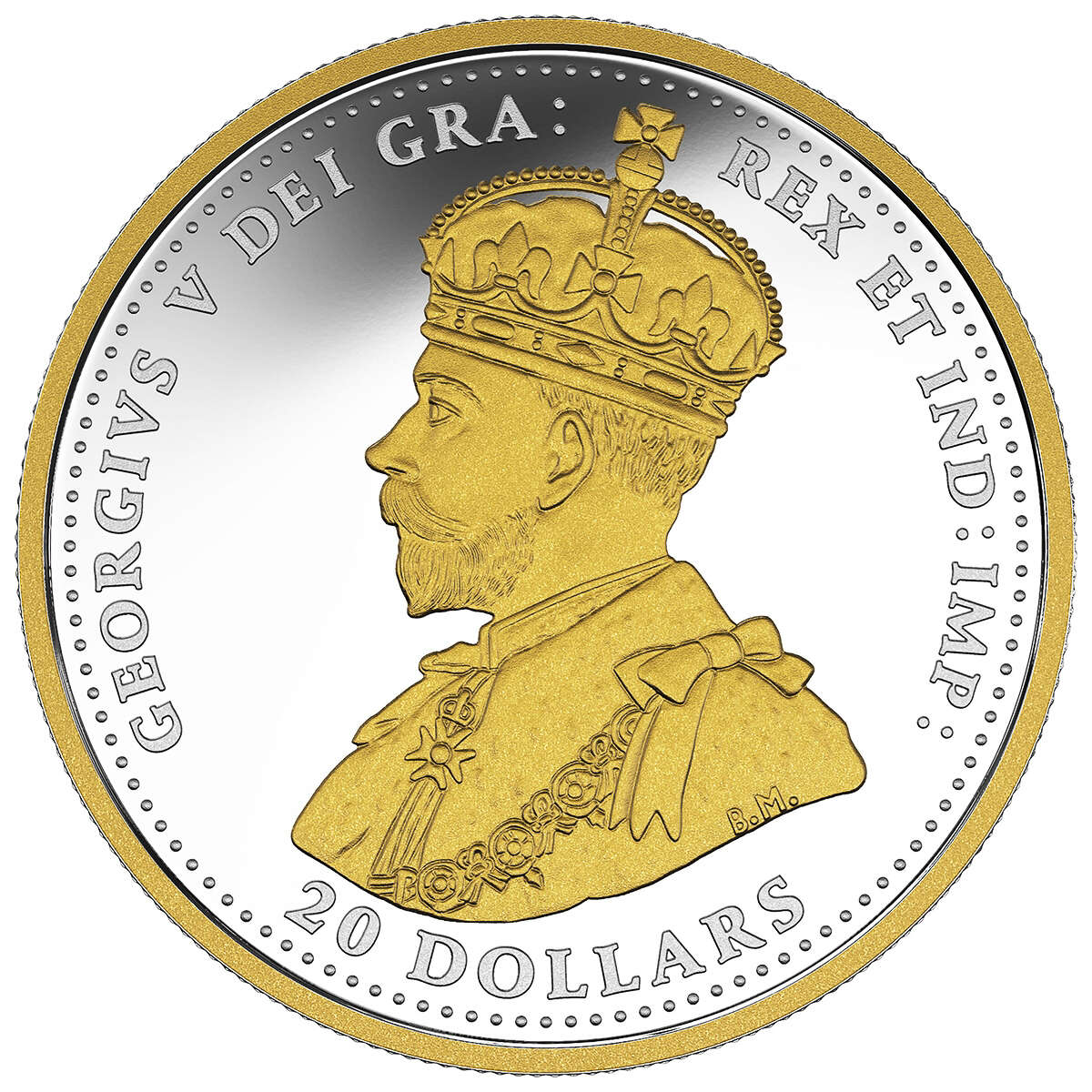
2018 $20 First World War Allied Forces: Canada - Pure Silver Coin
Sale price
$124.95
Regular price
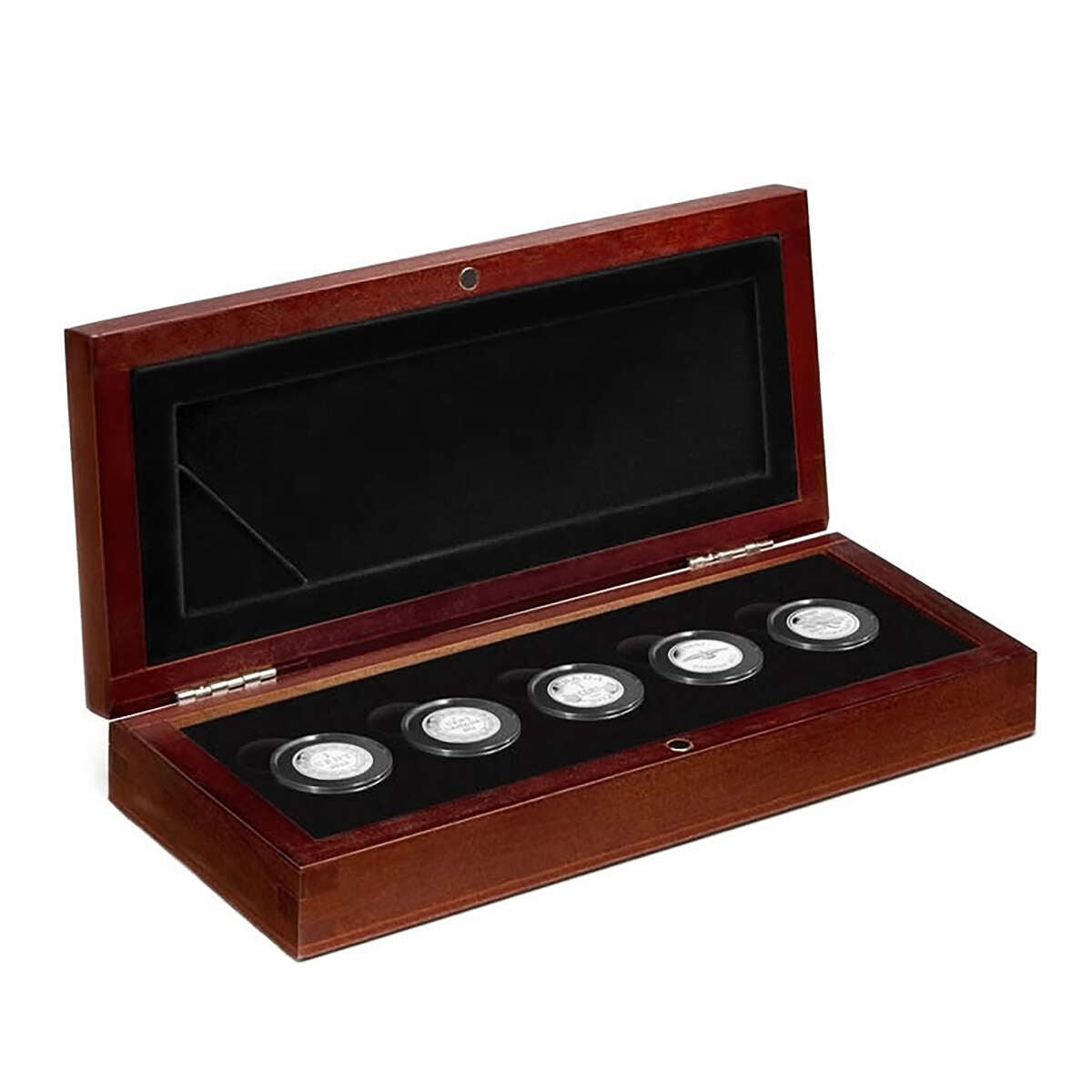
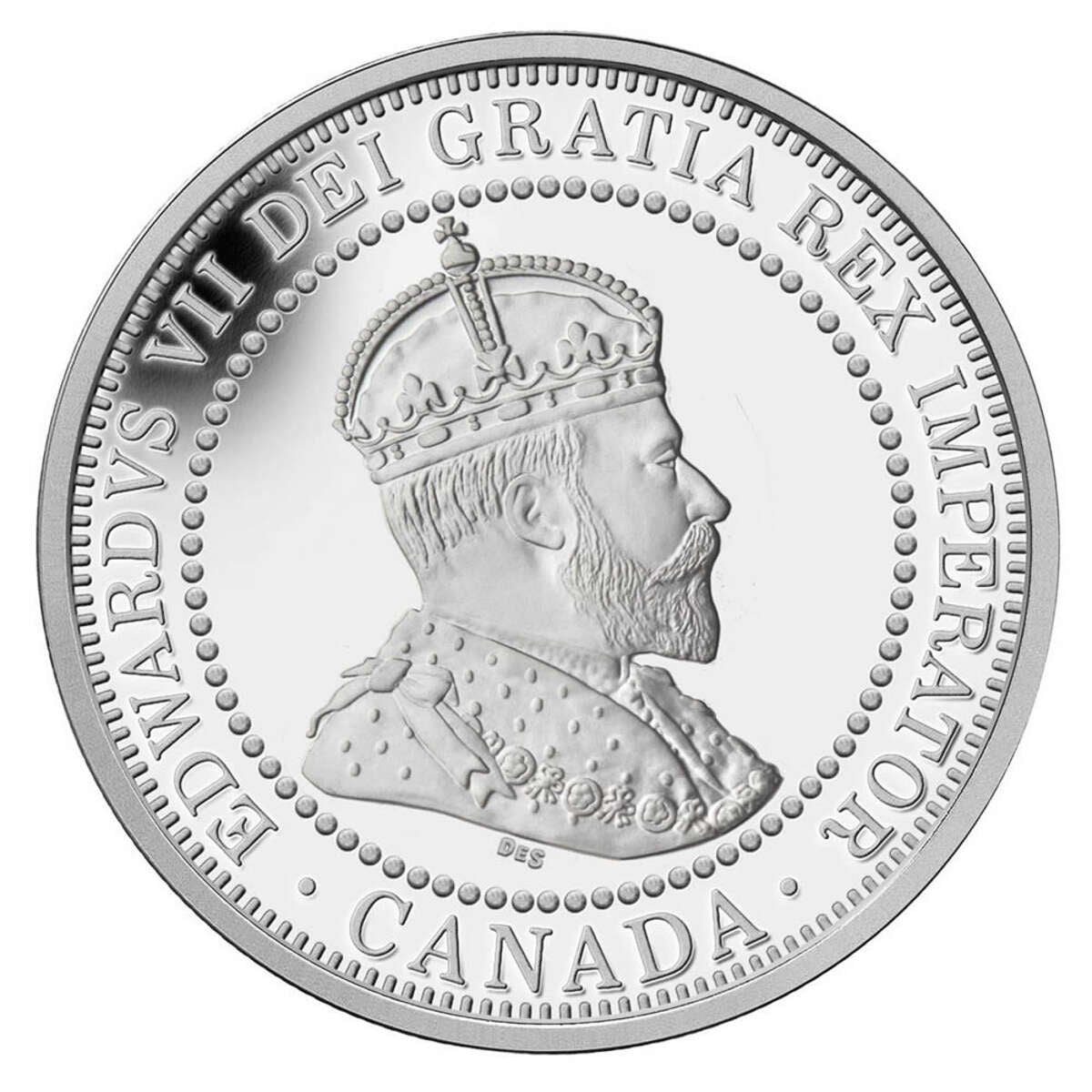
2012 1c Farewell to the Penny - Pure Silver Limited Edition 5-Coin Set
Sale price
$354.95
Regular price
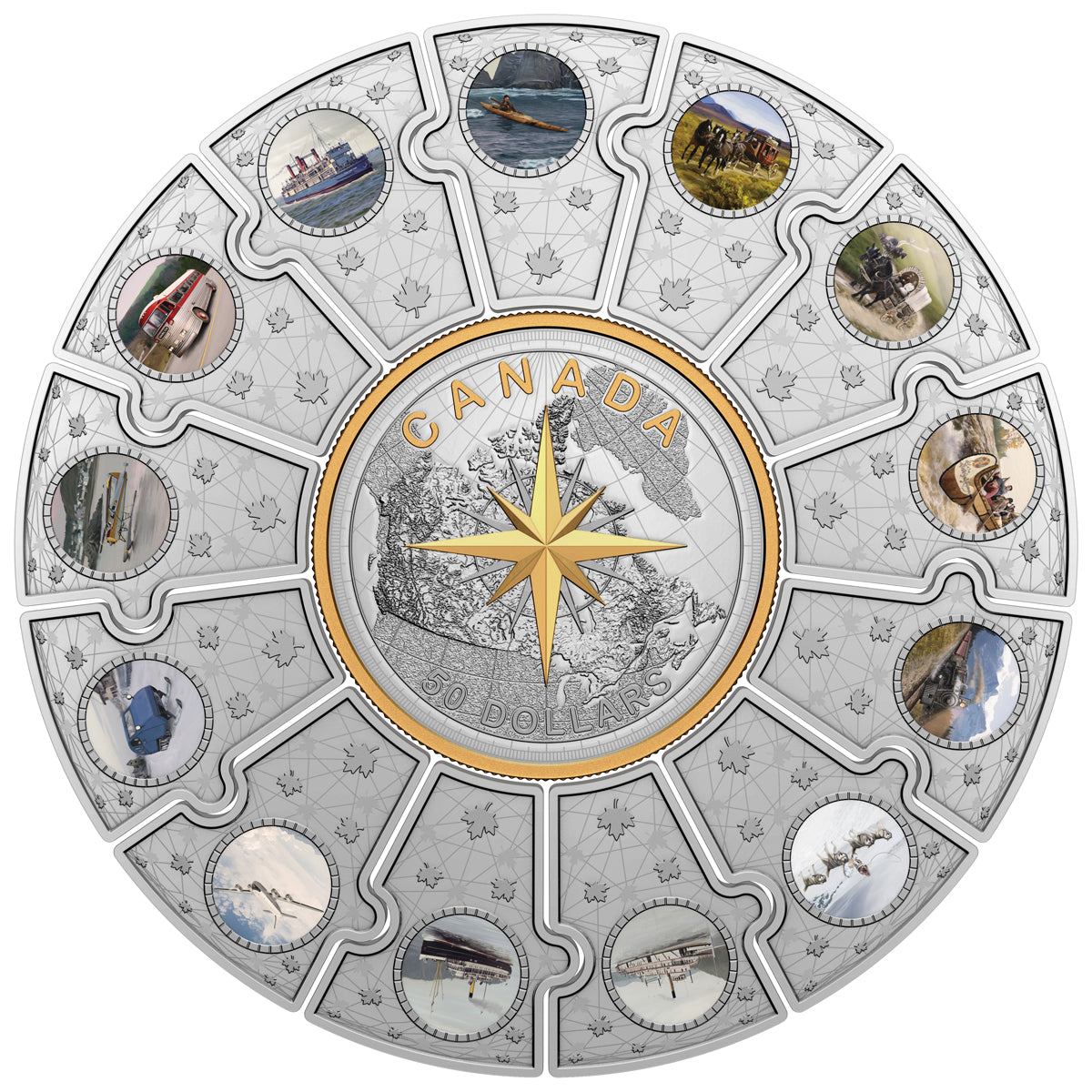
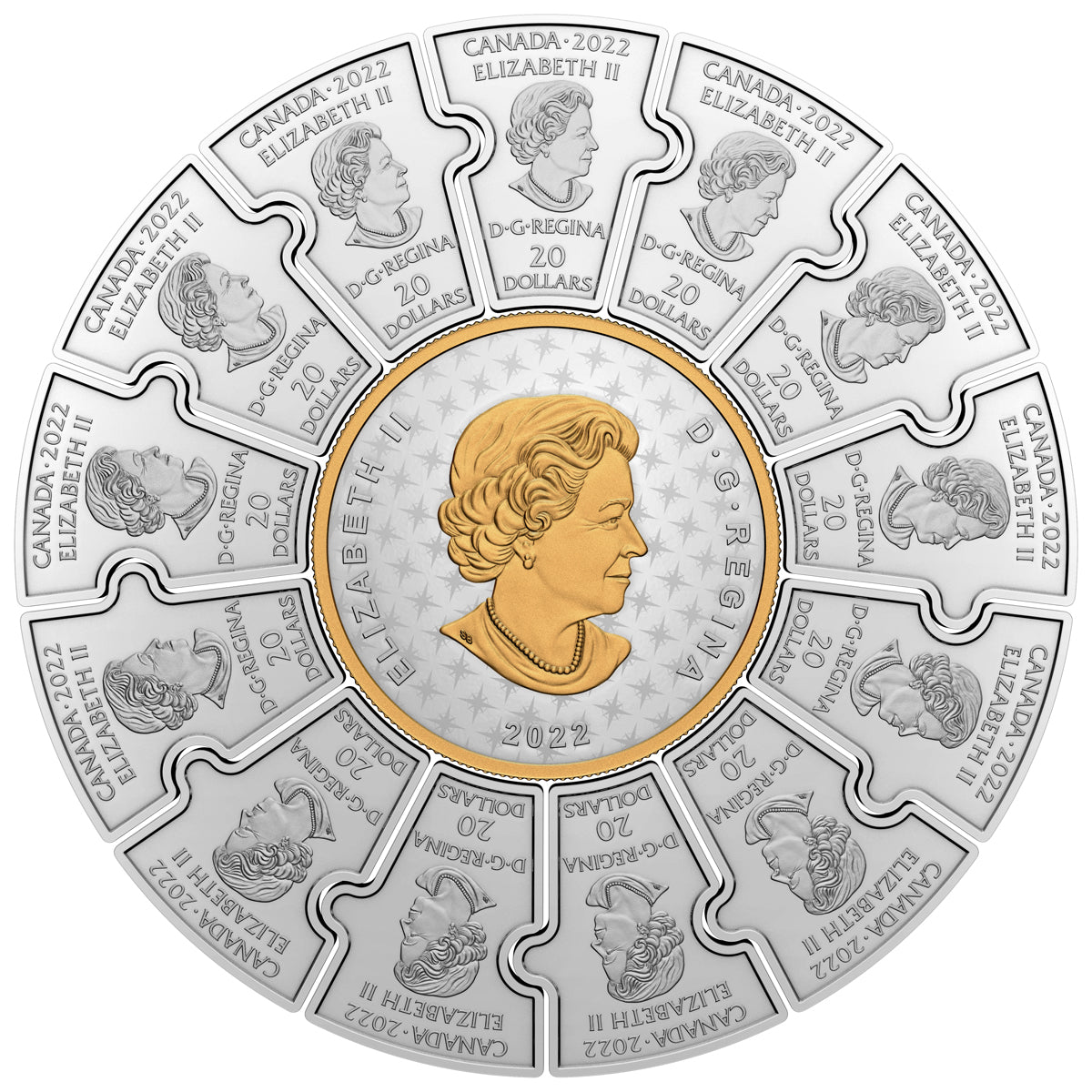
2022 Canadian Passages Fine Silver Puzzle Coin
Sale price
$2,194.95
Regular price
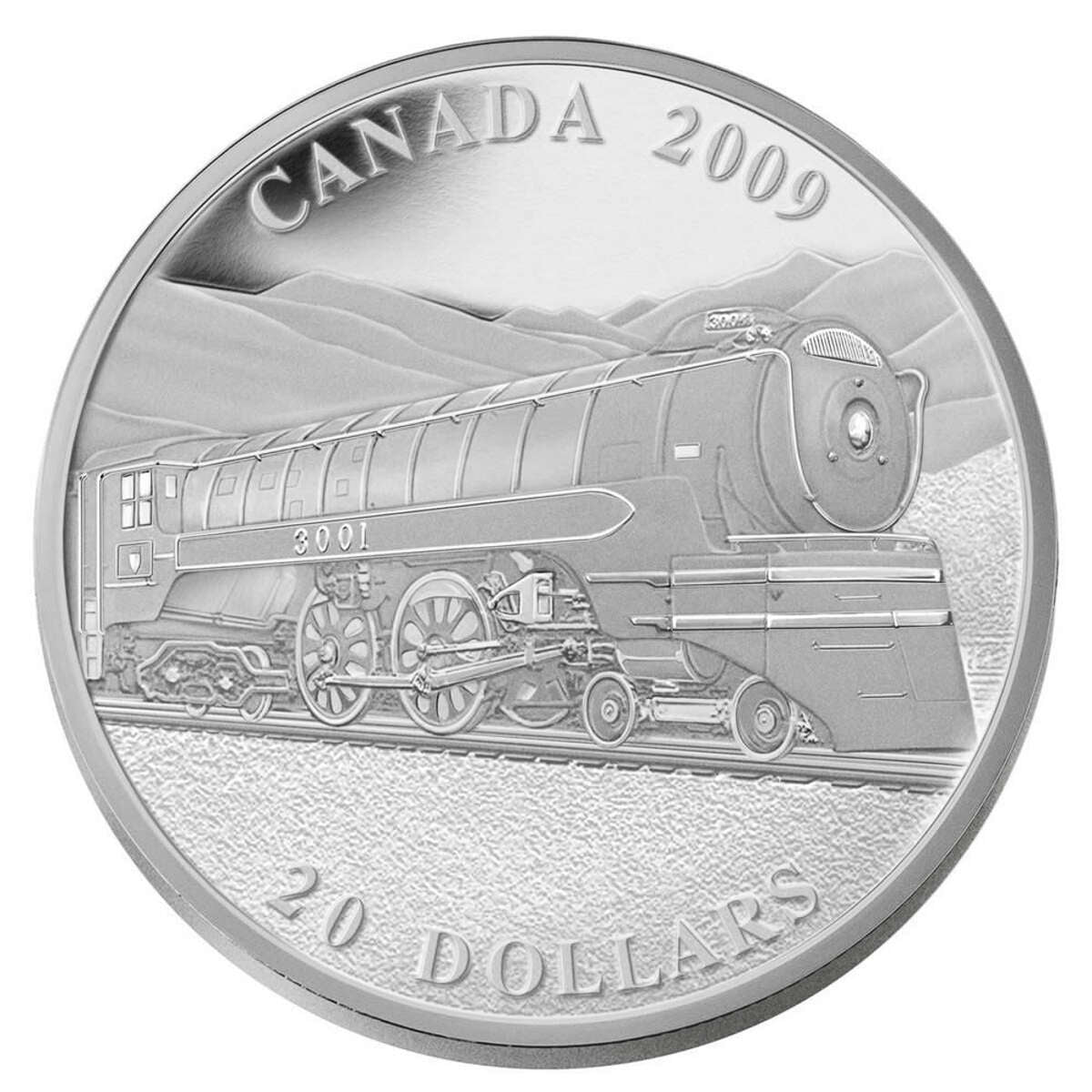
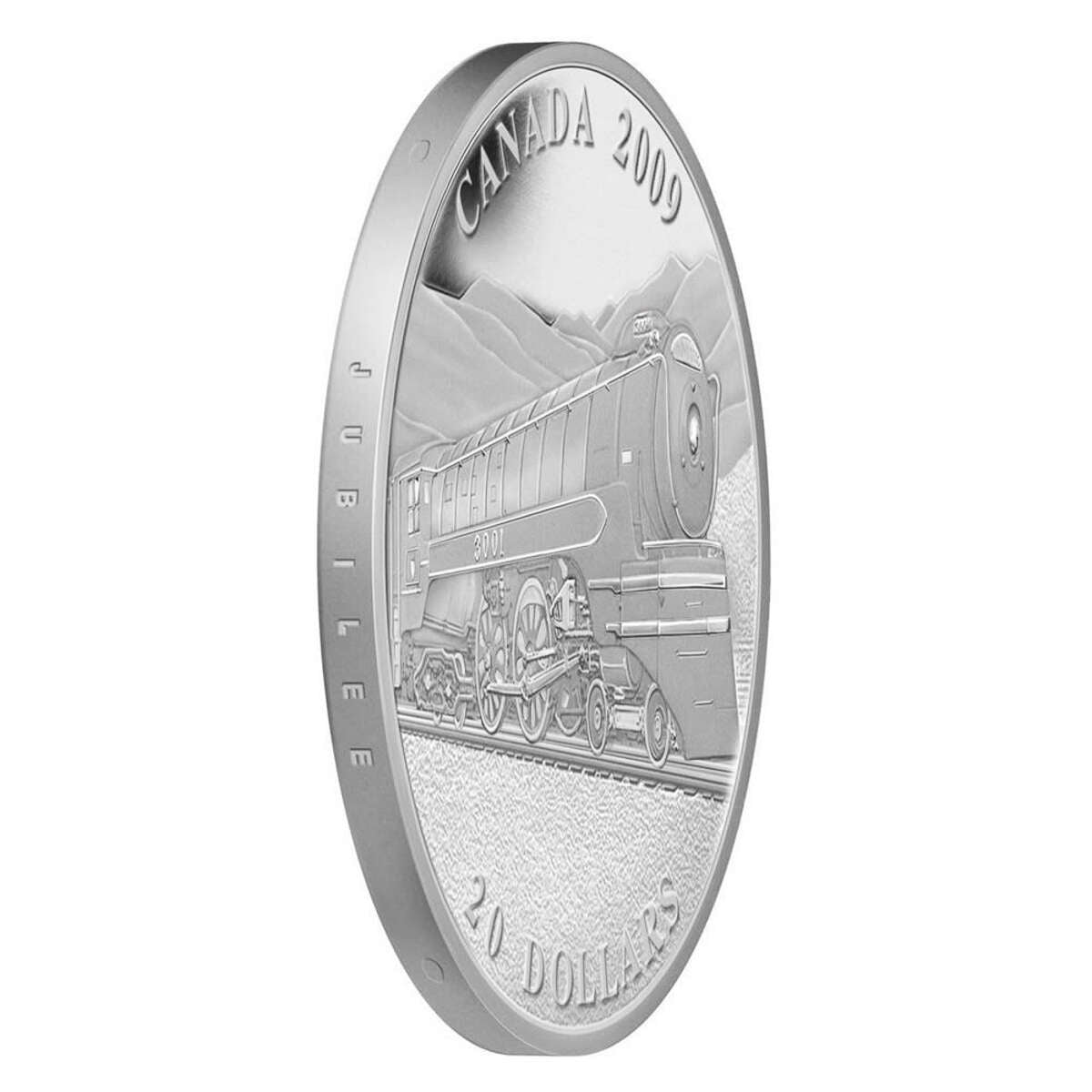
2009 $20 Great Canadian Locomotives: The Jubilee - Pure Silver Coin
Sale price
$75.95
Regular price


2021 $5 Moments To Hold: Arms of Canada - Pure Silver Coin
Sale price
$27.95
Regular price





